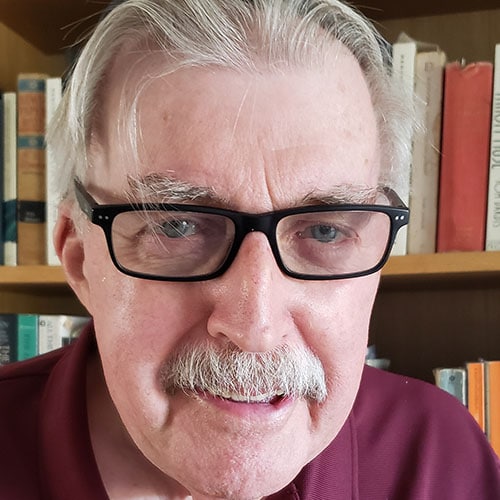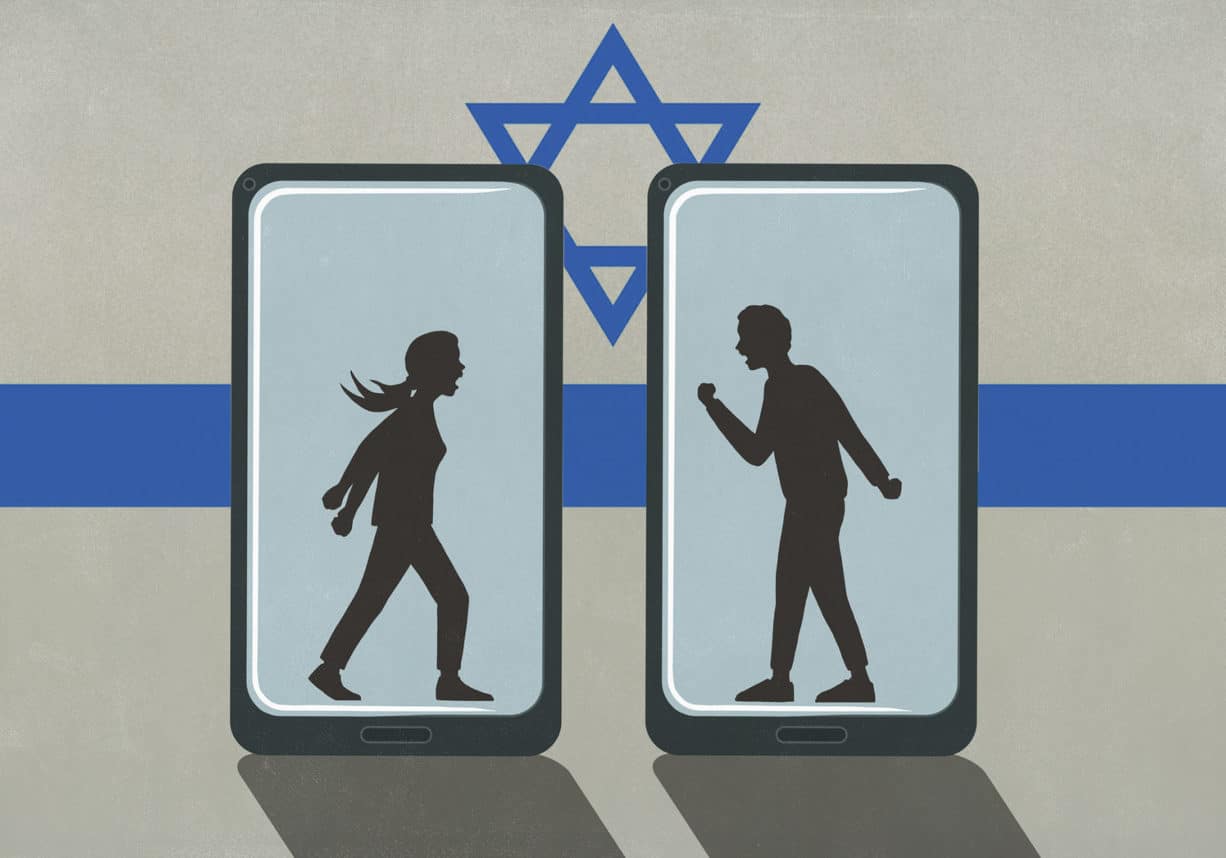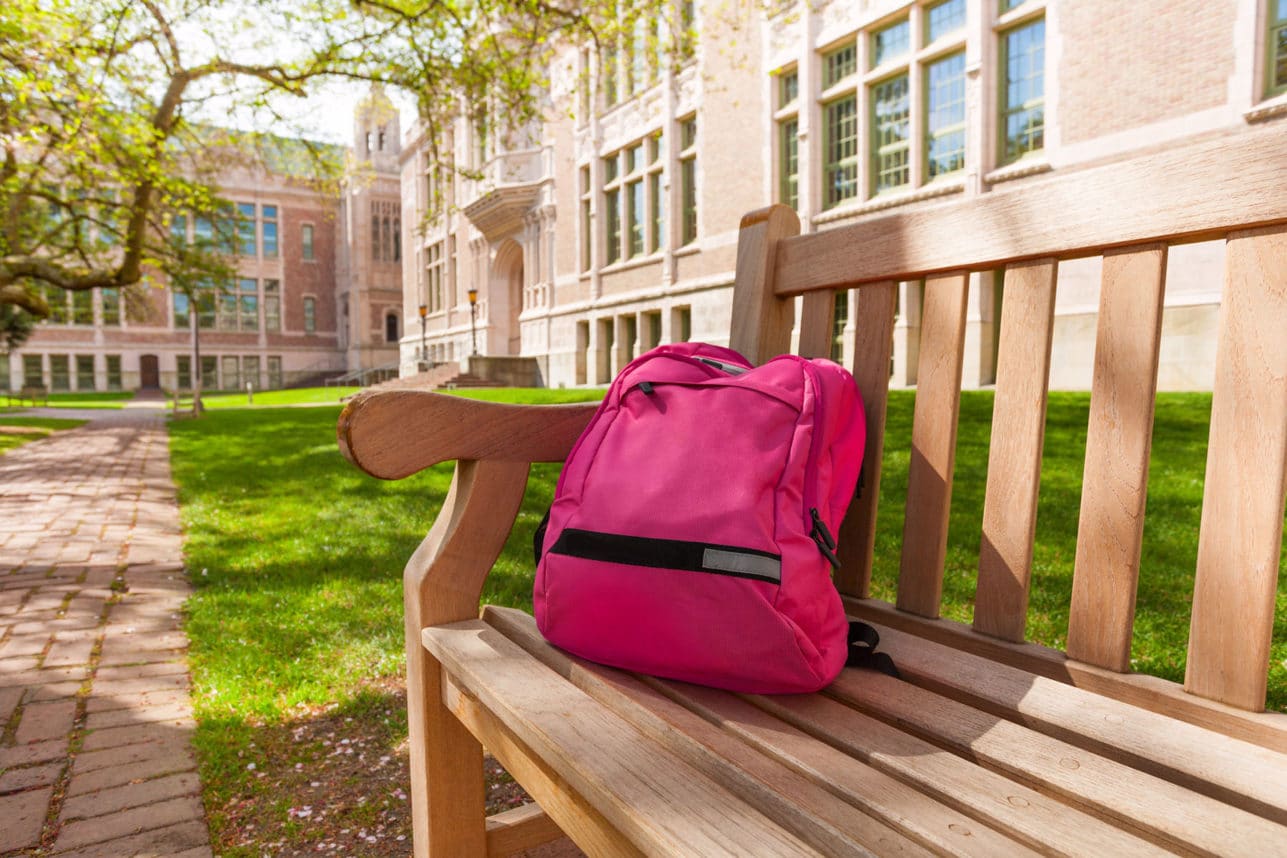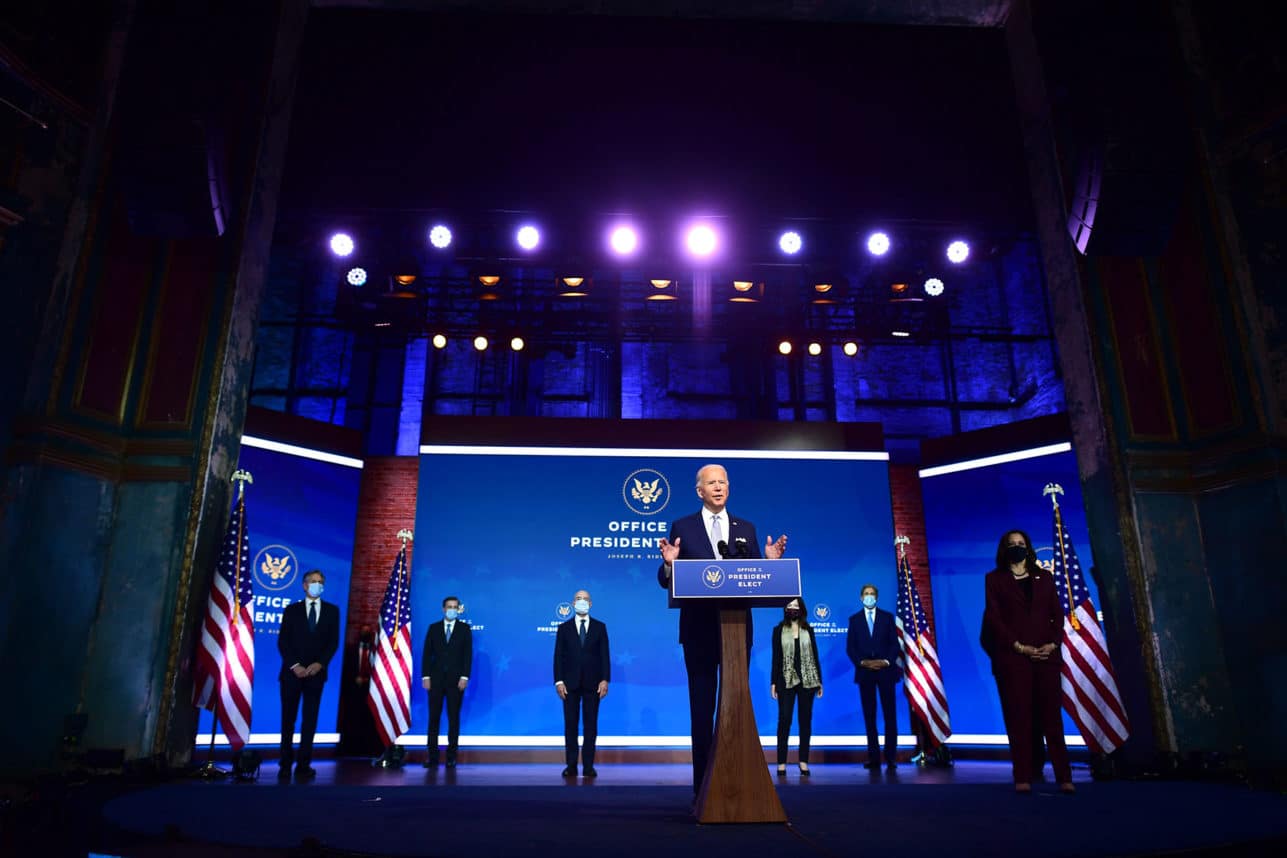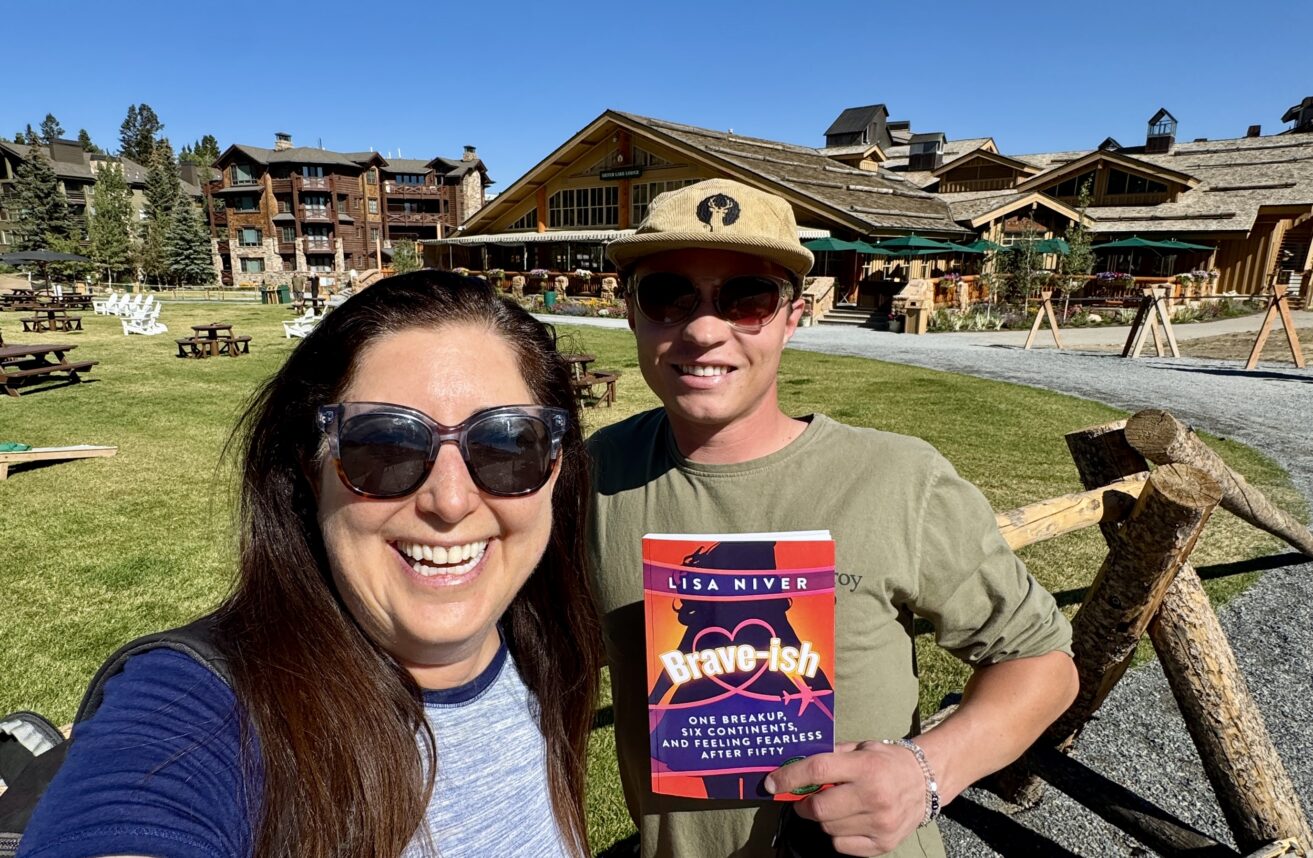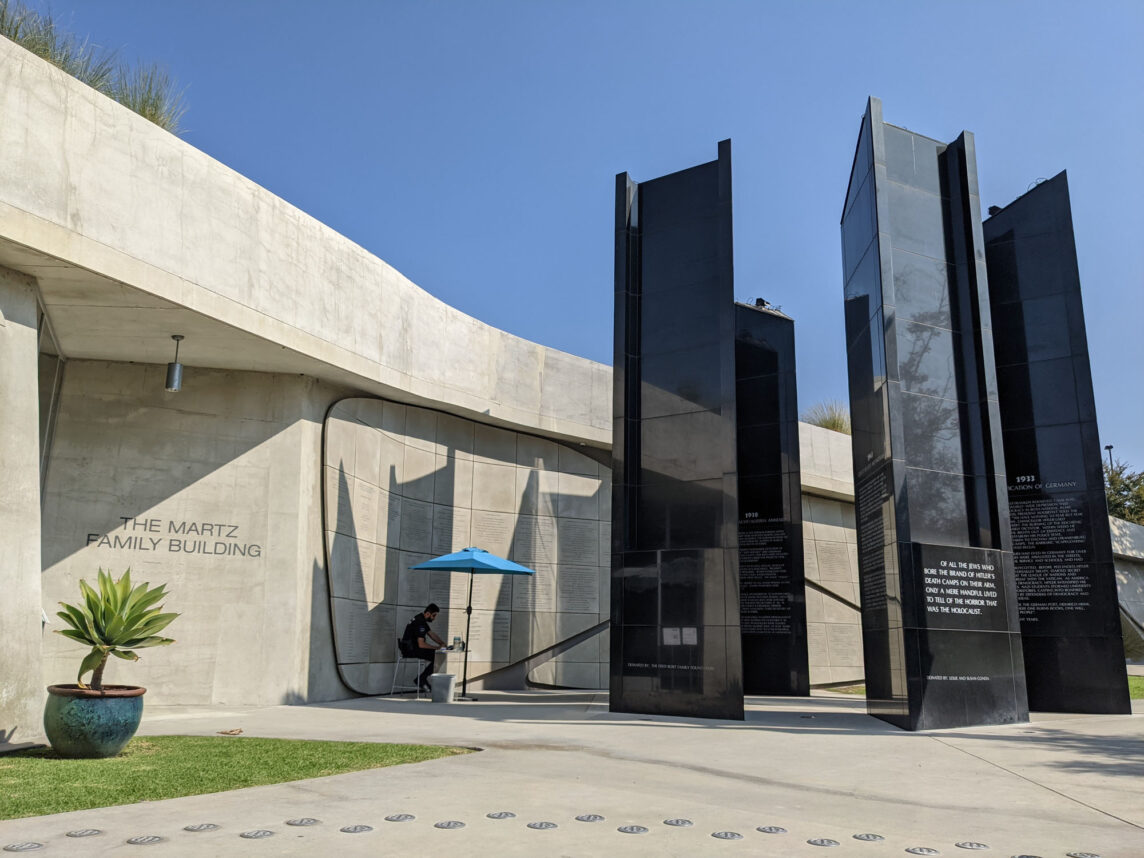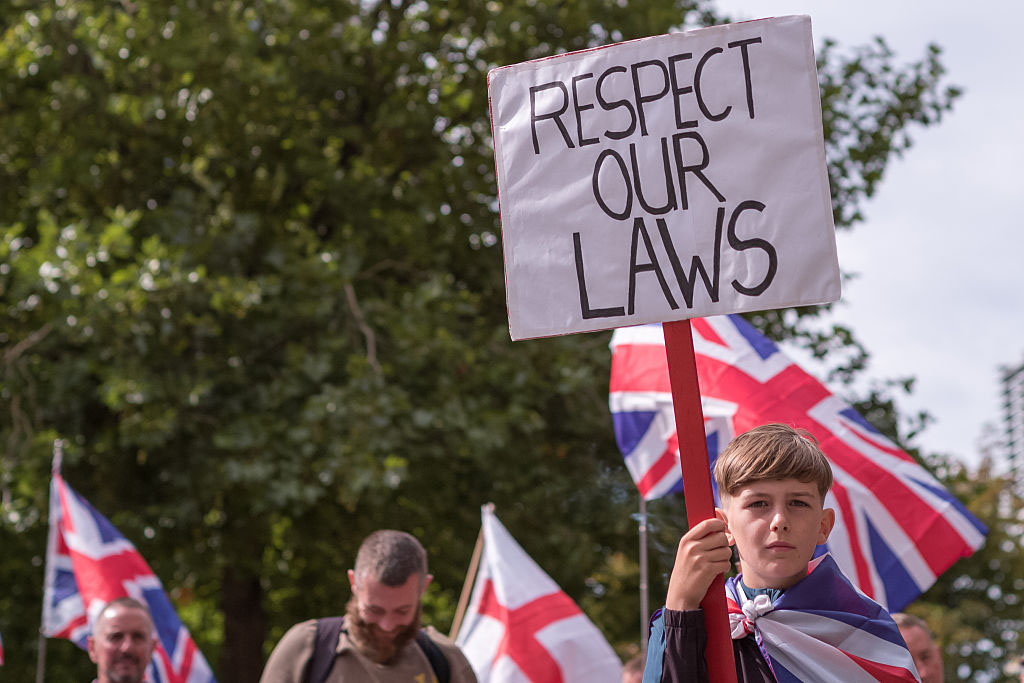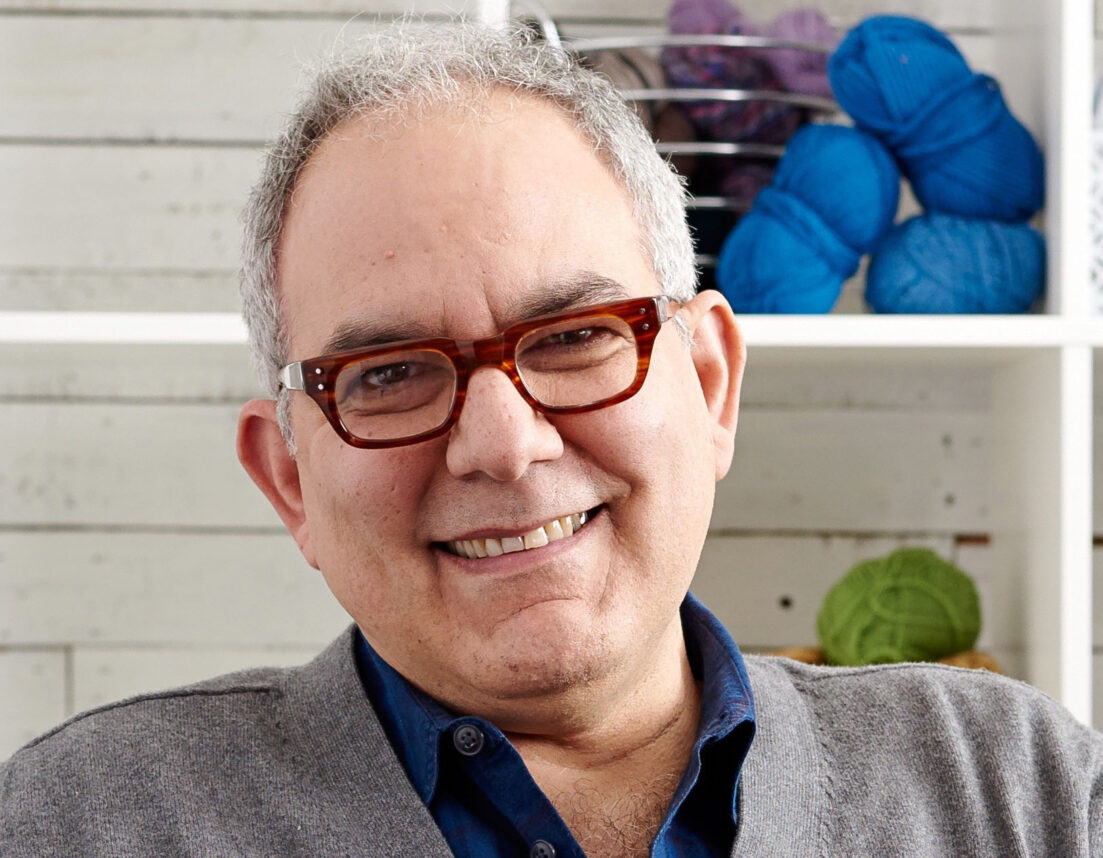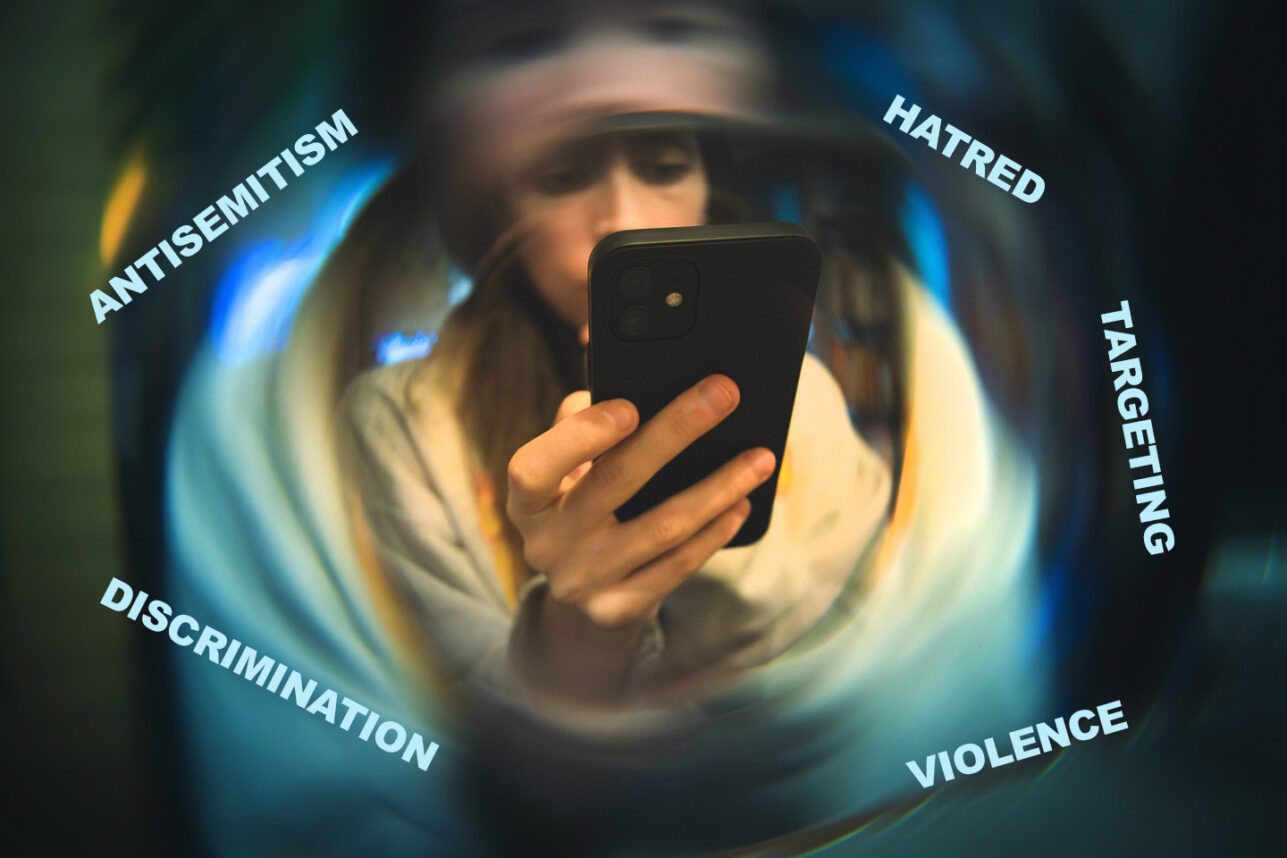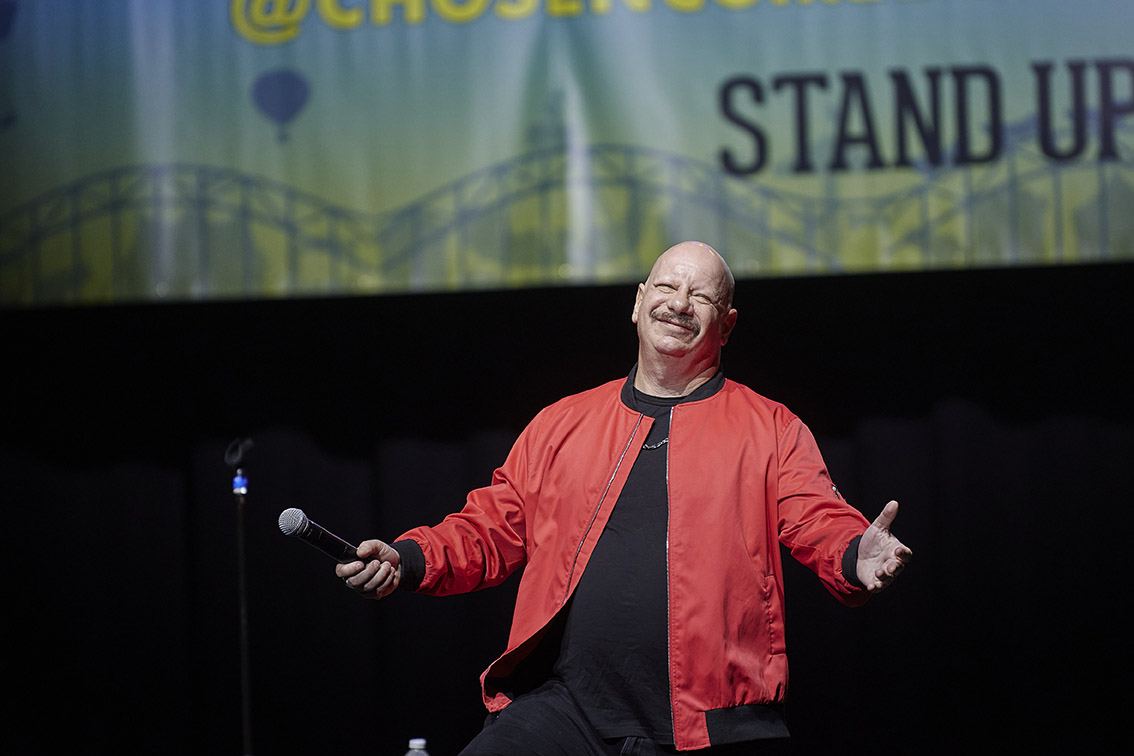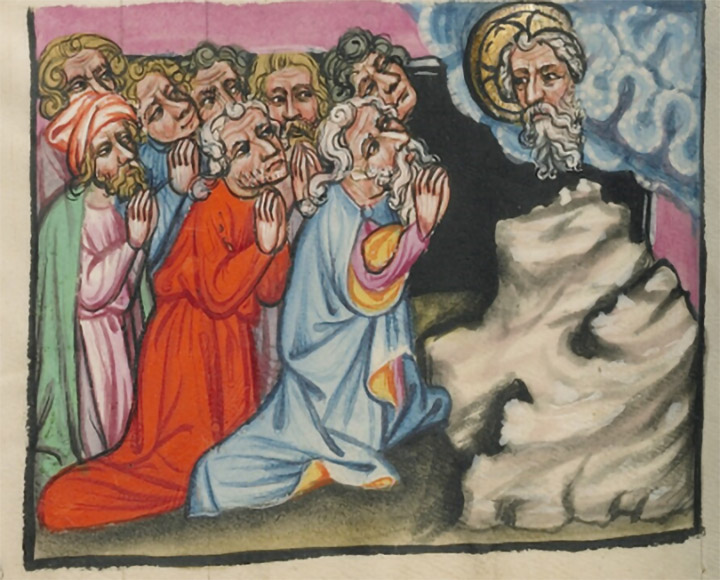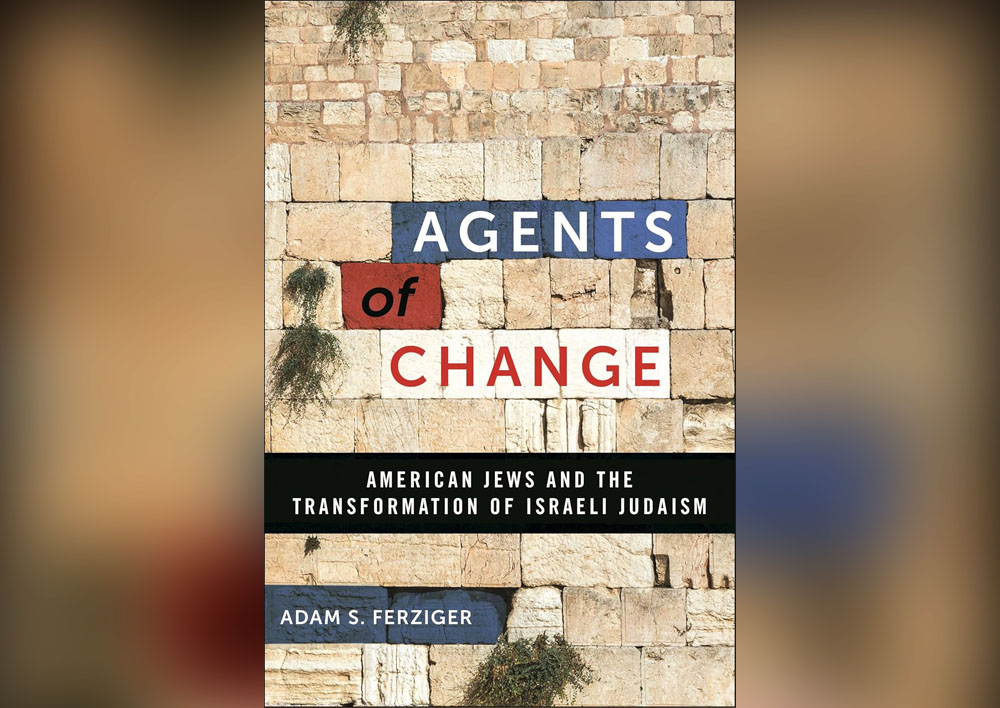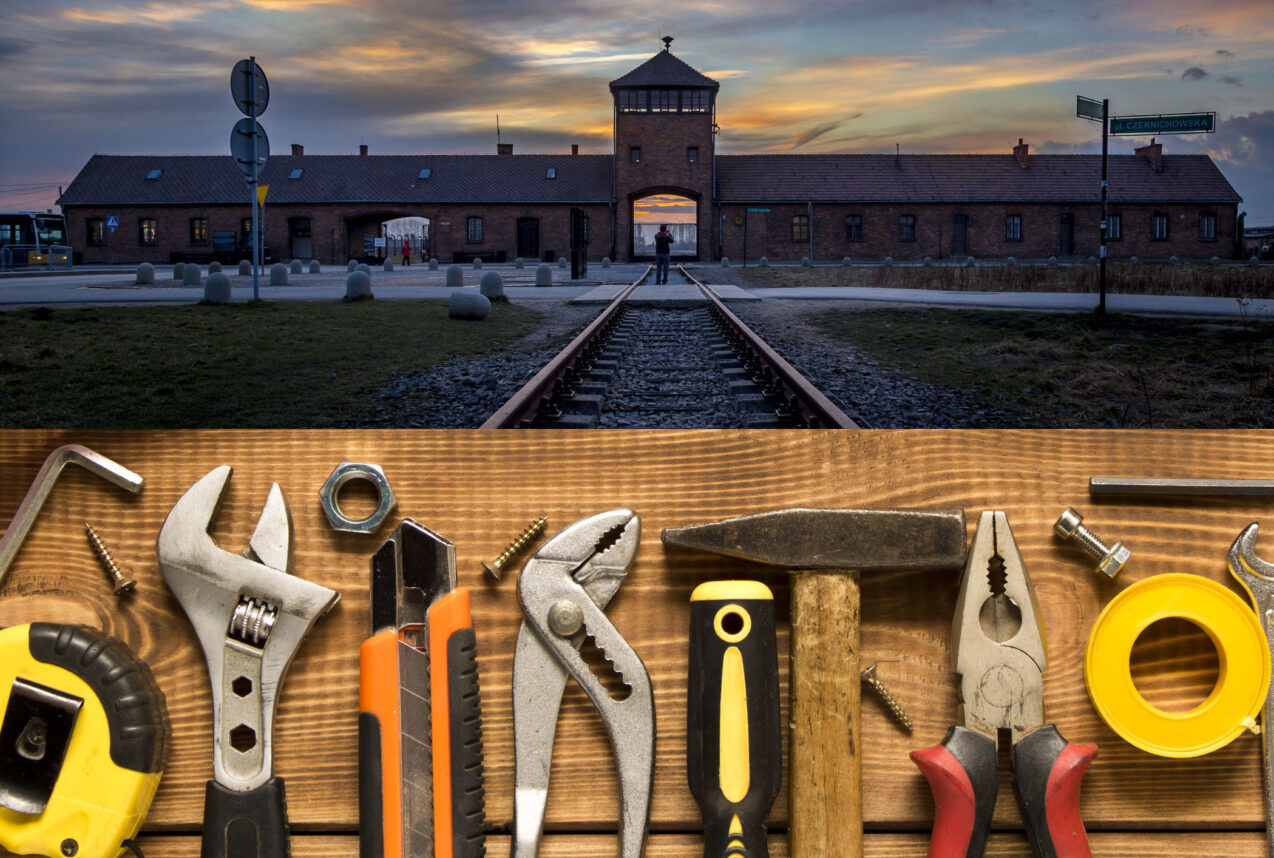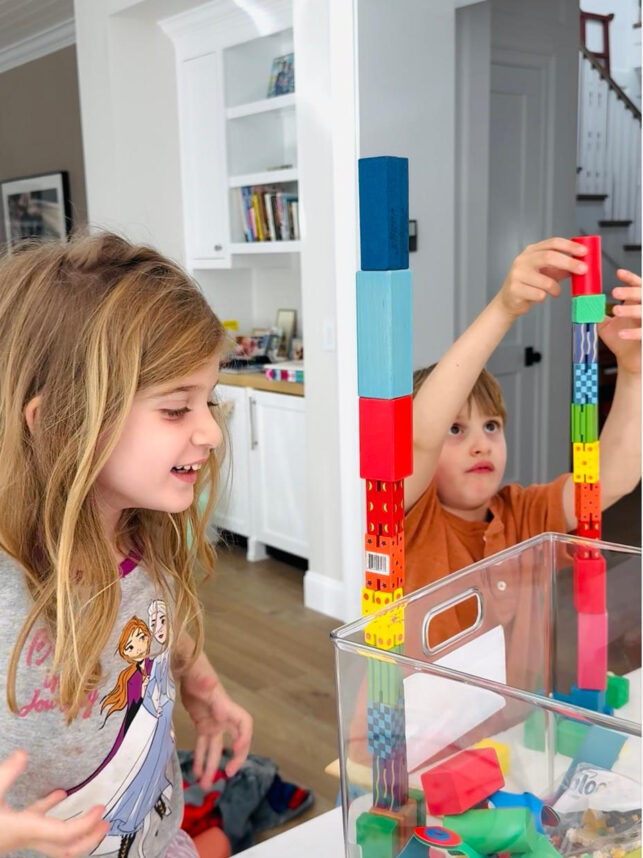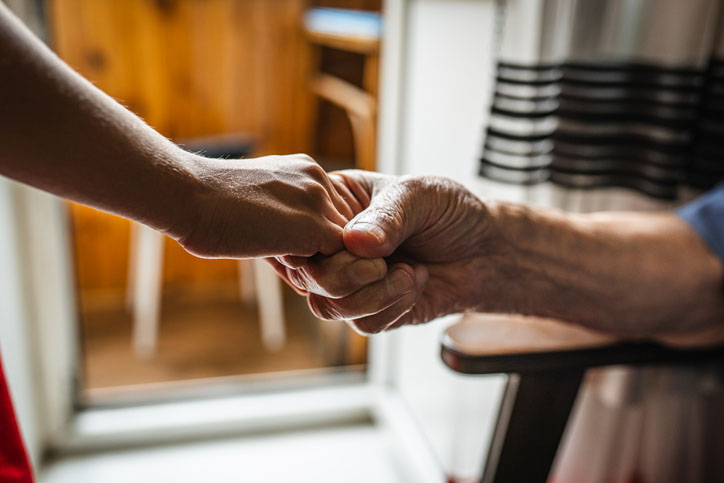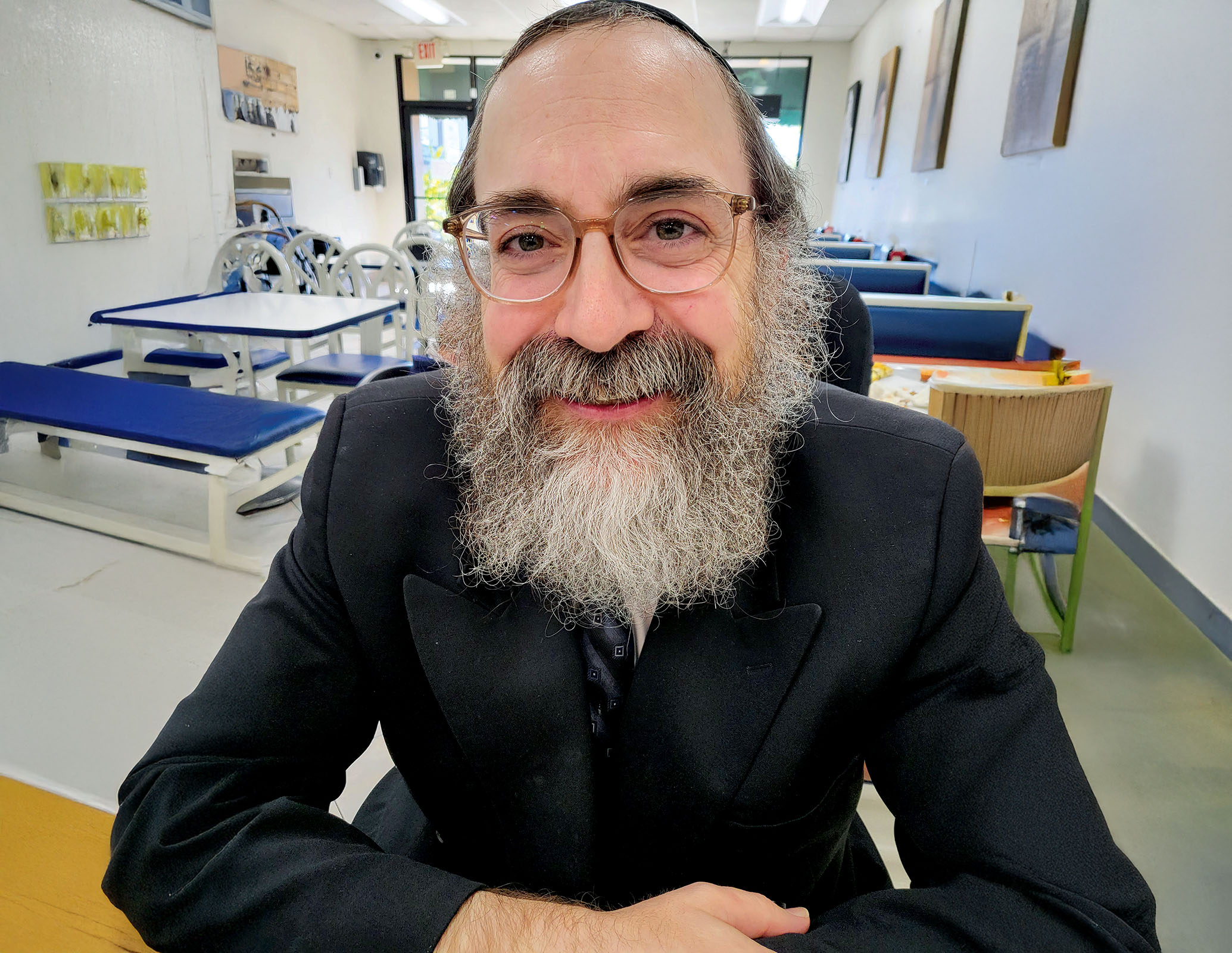
As perhaps the only member of the Los Angeles rabbinic community born in Milan, Italy, Rabbi Mendel Lipskier of the Chabad of Sherman Oaks is leading a committed life.
True to his Chabad roots, he spent his youth traveling the globe, delivering teachings of the Lubavitcher Rebbe that were as new as tomorrow to his audience. In 1996 Rabbi Lipskier and Shterna, his wife of two years, moved to Southern California to serve as an assistant rabbi and assistant rebbetzin at Chabad of Sherman Oaks.
The rabbi’s life never seems to have been in doubt. His parents spent five years in Milan as emissaries of The Rebbe, returning to America shortly before Mendel’s second birthday. He grew up in Morristown, N.J., learning in the Rabbinical College of America. When he reached 13, he transferred to a yeshiva. Rabbi Lipskier studied in Crown Heights for 12 years with other missions in between around the world – a year in Israel, two years in Argentina, a year in Venezuela, a year in Ukraine. “All of those destinations were my choices,” he said. “Israel was the best landing place,” and he laughs deeply. “You can’t argue with that.” Ukraine, where he arrived in 1992, as the country was beginning recovery from its long domination by the Soviet Union, was the place he felt he was the most effective.
When he settled in Dnipro, “the community was just restarting.” With the arrival of a Jewish teacher, “everybody was hungry for Judaism,” he said, stretching out hungry. “So all day, teaching, teaching, teaching. I was there almost a year.”
Looking back on his time there, “it was so sad,” he said, “to see how Communism had eradicated Judaism. People were so pure. They were eager to learn. It was amazing.”
Back then, the U.S. government was distributing butter and all manner of humanitarian aid to Ukraine. They were looking for trusted organizations that won’t siphon off the money, and Chabad was one of them. “All the locals had great respect for the Jewish community because they were getting humanitarian aid through the Jewish community … it was a very positive experience.”
Lipskier retains strong links to Dnipro, Ukraine. His sister and her husband are the Chabad emissaries, the rabbi and rebbetzin based in Dnipro. With the fourth anniversary of Russia’s invasion of Ukraine coming up, he has returned to Ukraine a few times and noted that “life there has been very difficult since the war began.”
How did Southern California — where seven of their eight children were born — enter the Lipskiers’ lives? “I was teaching in a yeshiva in New York,” he said. “When my wife and I got married, we decided we wanted to dedicate our lives to the Rebbe’s vision, to be schluchim, emissaries of The Rebbe. So I always kept looking around. The way it happens, you look for a place and it looks for you, and the shidduch happens. There already was a community established, Chabad of Sherman Oaks. They were looking for an assistant rabbi.”
His job, he said, was to assist with everything. “I am the administrator, and I focus on whatever is needed.” Chabad of Sherman Oaks has five rabbis and rebbetzins, and every Shabbat there are two services, Sephardic and Chabad.
The outgoing Rabbi Lipskier said the best part of his job is “seeing families and young people advance in their practice. I love meeting new people.” Addressing changes he’s seen since 1996, the rabbi said, “People are searching for more connection. I have noticed Reform and Conservative congregations becoming more traditional, less political, more spiritual, more Jewish practice.”
What sparked such changes?
“People are looking for truth,” he said. “They are fed up with shallowness in their lives. They want depth, authenticity.” A “combination of many factors” have driven attitudinal changes. “In general, there is more spiritual awareness, mental health awareness. People want to be more grounded, aligned, as they say. They want to connect.”
Yet sadly, he said, most Jews are not affiliated – yet. “That is our mission – for Chabad especially.” With a laugh he said, “We say every moving Jew is a target … We go door-knocking, businesses and homes,” the rabbi said. “We just let people know we are here … We have yeshiva boys come, every Friday and holiday times. We go door-to-door.”
This is how their mission works: “Step 1, we remind persons they are Jewish. They may have forgotten. If they know it already, we ask them to do one more good deed, one more mitzvah.”
How do you know a home is Jewish?
“If there is a mezuzah, you can assume so. Otherwise, you guess. We just go door-to-door. I have not had any hostility – Jews or non-Jews. Just ‘No, thank you.’ Very pleasant. I actually find that in L.A. culture, people aren’t so into knowing their neighbors as much as the East Coast.”
After noting that aloneness is far more common than before, especially among the young, Rabbi Lipskier explained how he attempts to reverse their thinking: “No. 1, there is a God in the world who loves them and cares for them. No. 2, life is good. Bad things can happen, but that doesn’t make life bad. The world is inherently good.
“That was a great call of The Rebbe – bring positive thinking into a world that always is broadcasting negative, negative.”
Fast Takes with Rabbi Lipskier
Jewish Journal: What are your main takeaways from The Rebbe?
Rabbi Lipskier: Three points — the triangle of Torah. Torah is one. Any part of Torah is one, Torah is truth and Torah is life, which means any topic in Torah has to be interconnected to all other topics and everything must be applied to daily living. The takeaway is not to sit on your laurels, but saying how will today be better than yesterday.
J.J.: Is there anything you wish you had done differently in your life?
RL: Studied more Torah with people. Spent more time teaching.
J.J. Do you have unmet goals?
RL: Yes. Personally, to finish the entire Talmud. And to hopefully build a stronger learning center, and a pre-school.

